In December 2022, McKinsey’s HR leader research put Agile HR firmly on the map, noting that it is a trend for HR operating models going forward.
We were very excited to get this validation, HR teams are finally moving towards Agile, and we’re of course here to help out! Our excitement soon turned to concern when we started to see and hear many stories of rushed, consultant driven transformations going on and HR teams finding themselves left to pick up the pieces.

That’s why we’re here to warn you, our dear community, on how you can avoid some of the pitfalls that can come with adopting Agile HR without the right mindset and values.
Don’t get us wrong, we’re absolutely thrilled to see that HR teams are finally catching on and gaining the skills necessary to future-proof their teams. We want to ensure that these new skills are built on a solid foundation and that you don’t start with a full-on Agile transformation if you’re organisation is not ready. After all, consultants can’t transform it for you – you need to lead the change.
You might be asking yourself — isn’t that a paradox? Agile HR Community is one of the most prominent Agile HR development companies in the world and we’re telling you to hold back on transforming your operating model to a full Agile model?
Well, we’ve tried to crystallise our thinking in this blog, and hope that it will be useful to you when making your decisions moving forward.
“We have moved into an Agile model of work, but no one knows what that means or how we should work”
You have one good shot, don’t waste it!
While the old adage ‘if at first you don’t succeed, try and try again’, is useful in many situations, this is not strictly true with an agile transformation. While it’s certainly possible to have a successful transformation after the first attempt, your ultimate goal should be a successful transformation the first time around.
That’s because any subsequent attempt to transform your HR operating model to agile might be met with resistance, it’ll lose the momentum and energy your team will put in on the first attempt, with many losing faith in Agile altogether.
We’re currently in the process of helping some customers ‘set things right’ after their first attempt at an agile operating model went awry, and while we’re more than happy to get called in to help – we’ve noticed that it really is multiple times the effort to help an organisation the second time around.
The necessary upskilling hasn’t happened, people have been forced to work in a new way without having the slightest idea why or how, and many haven’t changed their prioritisation and steering models at all. Some are practically just assuming they’ll be faster due to changing the language around teams, instead calling them ‘tribes’ and telling people to ‘self organise’ and ‘be empowered‘. In our view, that’s organisational abuse.
Contextualising your Agile transformation is the only approach that will work
An Agile transformation is not one that you’ll design on paper, or take from a template, and you can’t just force it through a reorganisation. Instead, it’s something that you will co-create with your own people, you’ll find your own formula. That starts with onboarding every single person to the Agile Mindset.
By having that mindset, it enables you to work according to Agile practices on a team level before gradually shifting the operating model towards a flatter, cross-functional, customer-centric and value-driven team structure.
It’s also important to highlight that keyword – gradual, or stepwise change. There’s no need to be all or nothing, your Agile operating model will evolve, you will fix ‘bugs’ of the model together, because it’s never going to be perfect the first time around. In fact, we have customers who are on their fourth, or even fifth revision of the operating model, evolving it according to maturity, business organisation’s changes, value delivery, initiatives and priorities.
Adopting Agile requires a very contextual approach in each company, which is why we say there’s no blueprint. An ‘off-the-shelf’ descriptive approach to Agile change will not work.
“The global consultants came in and shifted our teams around, told us that we will use Scrum from now on and then left. It didn’t make any sense. Now we are a bit clueless on how to proceed.”
What do we mean by a ‘contextual approach’ to agile adoption?
It’s quite simple – no two agile development projects are alike. There will always be nuances in each individual deployment, which is why we say that for a truly successful agile implementation, the company must be driving the pace, changes, onboarding and upskilling themselves internally – not the consultants.
We can guarantee that you’ll encounter the usual, tricky, contextual questions while evolving your Agile HR operating model, and each question needs a contextual answer, preferably co-created with your own people. A consultant can’t just come in, give you a sheet of paper with the solution and then exit stage left.
Your consulting partners need to be working with you, understanding the specific challenges and dependencies that you have, and the outcome you hope to achieve.
“We are working in SAFe Trains now, but people are still needed in 5-6 projects and we have no idea how to organise BAU work, the operational and maintenance part of our work.”
What you need to know for an Agile HR transformation
If you’re at the beginning of your Agile journey, here are some important questions you might want to ask yourself and your potential consulting partner. It’ll give you an idea as to whether they have the credible skills required to help you with your journey. After all, each of these questions will in the end need an answer, which is best iterated trough co-creation or experiments within your teams.
- How can we get everyone to understand this new mindset?
- Which teams would you recommend Scrum to, and which teams would you not recommend it to? Why? (We recommend Scrum to very few HR teams, by the way)
- Should everyone be in tribes or Agile teams? Who shouldn’t? Why?
- How do we involve our customers and users in our product development process? When should we not do that? Why?
- What happens to value delivery ownership (product, process, service) when in an Agile model?
Scroll through 21 Agile Transformation Questions on this carousel, or download the full 1 pager below.
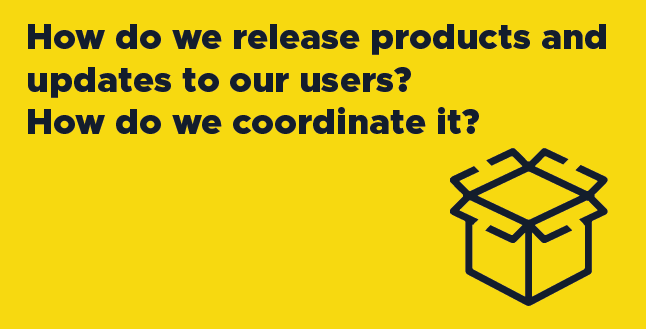

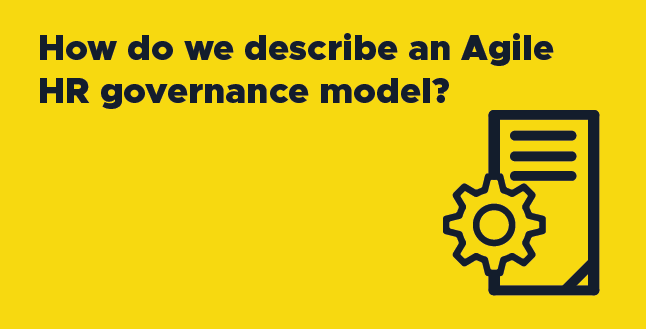


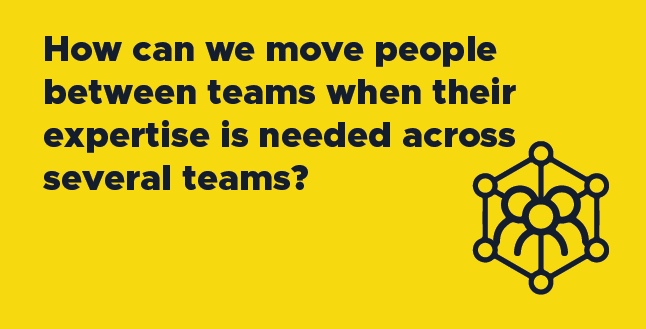


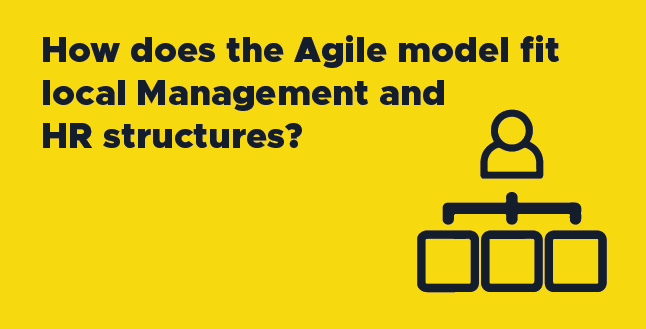
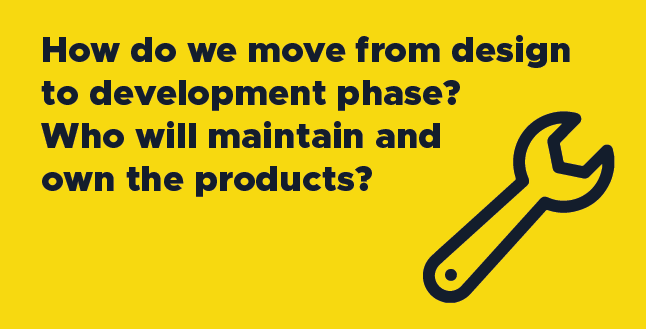


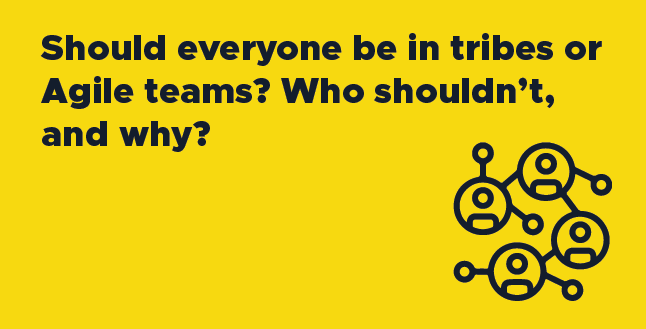

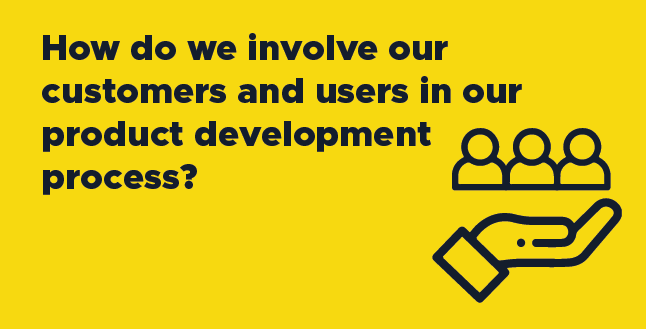
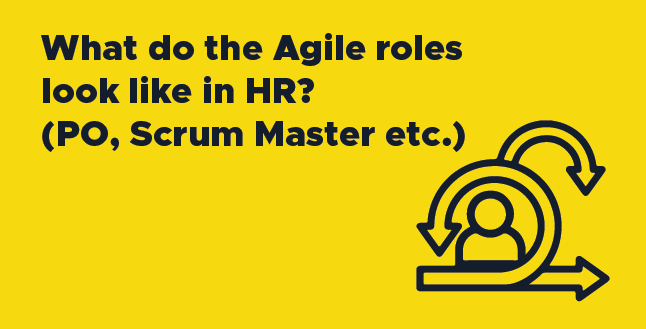
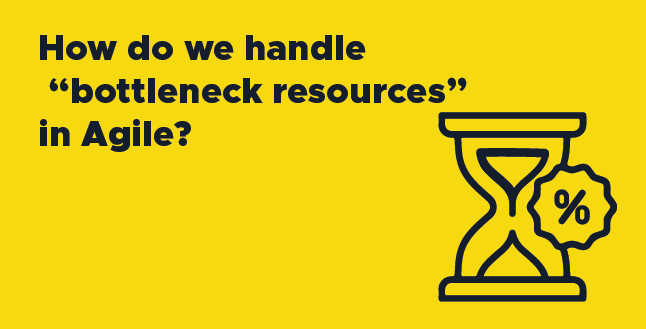

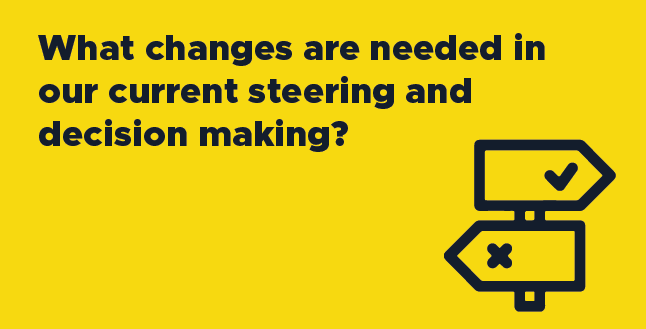
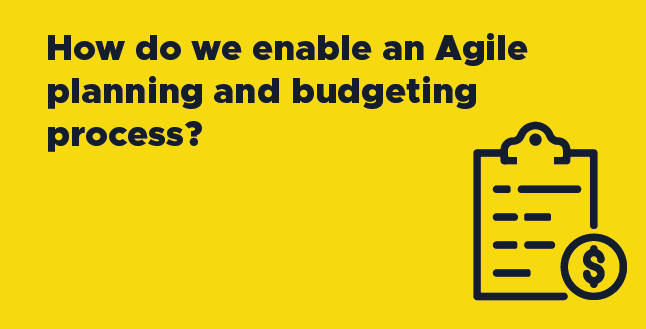
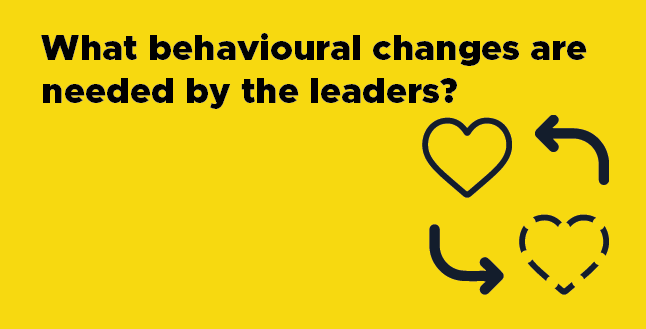
Beware of jargon
In addition to the above questions, don’t get bogged down by the Agile jargon. There are many Agile operating models out there, and there’s a whole lot of terms that may or may not apply to the model you develop.
For instance, pure Scrum doesn’t really make sense for most HR teams, the same can be said for implementing SAFe trains, which have no place whatsoever in HR (The only exception is if it is across a massive HR/IS delivery).
Terms you are more likely to come across in your implementation are Tribes and Chapters. This is just another word to describe a team or unit in a matrix model. Additionally, ‘HR Product Owner’ will be a new term, but it’s important that you understand it’s not the same as ‘HR process owner’.
We also cannot stress this enough – if members of your team are participating in 10 projects simultaneously, then it is most definitely not an Agile team.
The power of smart people
Everytime we work with a company that truly wants to invest in their people we’re always thrilled to see how these smart professionals, who learn what Agile is all about on a deeper level, operate going forward. We’re always excited to see their willingness to start evolving the HR team models stepwise, and make those all-important gradual changes together, safely and with great care of their existing people services.
May the transformation winds be in your favour!
Interested in kickstarting your Agile HR journey but don’t know where to start? Attend our free ‘WHAT IS AGILE HR’ session, bring yourself or your whole team.

